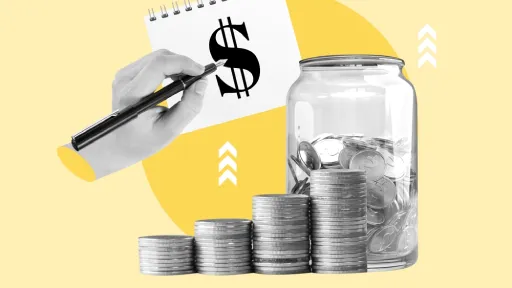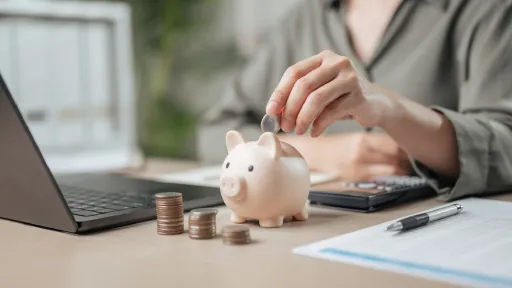In today’s fast-paced digital economy, understanding how to manage and transfer money efficiently is crucial. “Cash App how does it work” is a question increasingly on people’s minds as more individuals seek convenient ways to handle their finances. As a popular peer-to-peer payment platform, Cash App simplifies sending and receiving money, investing, and even banking, making it an essential tool for modern money management.
Cash App How Does It Work: A Comprehensive Overview
Cash App is a financial technology application developed by Block, Inc., designed for mobile devices. It allows users to transfer money instantly, buy stocks, purchase Bitcoin, and manage their funds all in one app. But how exactly does Cash App work, and what makes it so popular among users?
Getting Started with Cash App
The first step to using Cash App is downloading the app from your device’s app store, either the Apple App Store or Google Play Store. After installation, users create an account by linking their phone number or email address and connecting a bank account or debit card. This setup enables seamless transactions within minutes.
How to Send and Receive Money
One of the primary features that answer the question “cash app how does it work” is its easy peer-to-peer (P2P) payment system. Here’s how sending and receiving money works on Cash App:
- Send Money: Enter the recipient’s $Cashtag, phone number, or email, input the amount, and tap “Pay.” The funds are transferred instantly to the recipient’s Cash App balance.
- Receive Money: Share your $Cashtag or registered phone/email to let others send money to your account.
- Cash Out: Users can transfer their Cash App balance to a linked bank account at any time.
Additional Features of Cash App
Beyond simple money transfers, Cash App offers a variety of financial tools that enhance its utility and appeal.
- Cash Card: A free Visa debit card linked to your Cash App balance. You can use it to pay in stores, online, or withdraw cash from ATMs.
- Investing: Buy and sell stocks and ETFs directly through the app, with no fees.
- Bitcoin Trading: Purchase, sell, and deposit Bitcoin securely.
- Direct Deposit: Receive paychecks directly into your Cash App account faster than traditional banks.
Security Measures in Cash App
Security is a top concern when dealing with digital payments, so understanding “cash app how does it work” involves ensuring your money stays safe.
- Encryption: Cash App uses encryption to protect your data and transactions.
- Fraud Detection: Advanced algorithms monitor suspicious activity.
- Two-factor Authentication: Optional layer to secure your account login.
Why Choose Cash App?
Several factors contribute to Cash App’s popularity in the contemporary financial landscape:
- User-Friendly Interface: Simple, easy to navigate even for beginners.
- Instant Transfers: Speedy transactions reduce waiting times common in traditional banking.
- Multifunctional Finance App: Combine everyday payments, investing, and crypto trading in one platform.
- No Fees for Basic Services: Sending and receiving money does not incur charges, making it cost-effective.
Tips for Using Cash App Safely
To get the best out of Cash App while protecting yourself, follow these tips:
- Verify the recipient’s $Cashtag before sending money.
- Enable security features like PIN entry and Face ID.
- Avoid sharing sensitive information with strangers.
- Use official support channels to resolve issues.
In conclusion, understanding “cash app how does it work” shows that Cash App is a versatile and easy-to-use platform that fits today’s need for quick, secure, and multifunctional financial services. From sending money to investing, the app continues to reshape how people interact with their money in the digital age.


